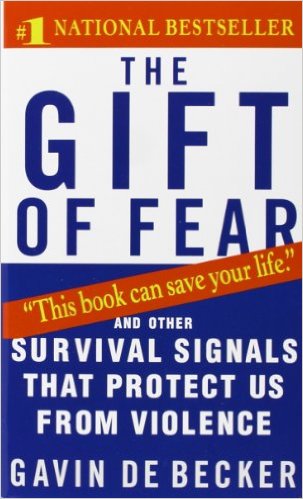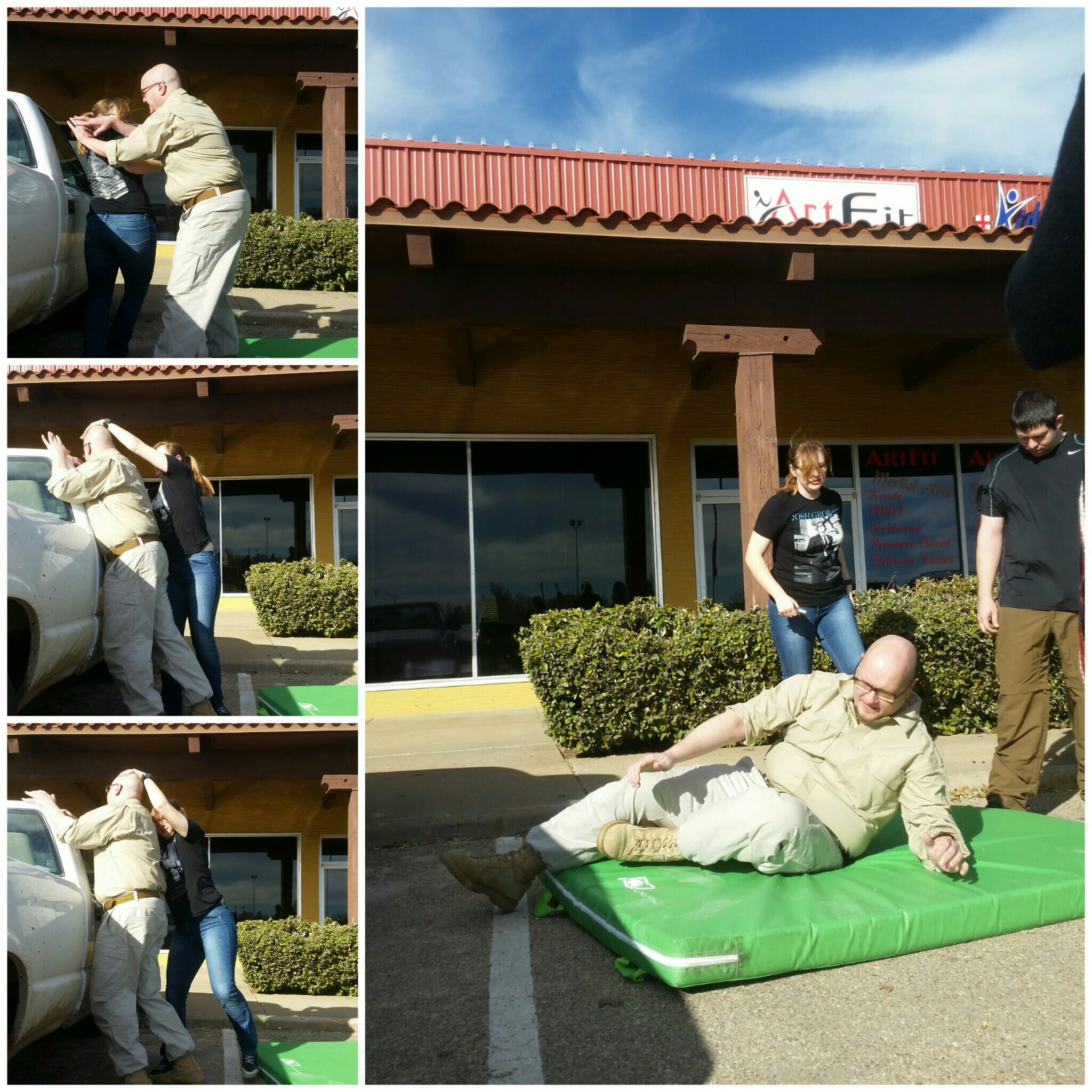
The Keys to Comprehensive Self-Defense
There is no time in history when violence has been nonexistent. Unfortunately, women are regularly the victims of this violence. Women are frequently targeted because their smaller size makes them an easier target, chosen as victims of rape, and many are brutalized or murdered by men they know and even love.
Statistics
The statistics on violence against women are astounding. The Huffington Post published a few statistics in 2014 on domestic violence, “The number of American troops killed in Afghanistan between 2001 and 2012 was 6,488. The number of American women who were murdered by a current or ex male partner during that time was 11,766. That’s nearly double the amount of causalities lost during war.”
The Department of Justice 2015 National crime Victimization Survey concluded that an American is sexually assaulted every 98 seconds. Texas Tech reported nine sexual assaults on campus property alone in 2014. This sad fact leads many women to our business searching for a technique, a way to live, or relief from the barrage of aggression and even from the anxiety it causes. My intent is not to cause more anxiety but to set the stage for the world that women face so that we may learn how to protect ourselves and our children.
There is no magic technique, no one day class that will teach you to be the world’s most formidable woman, but there is a series of steps that will help you realize a threat, avoid the threat, and fight when necessary.
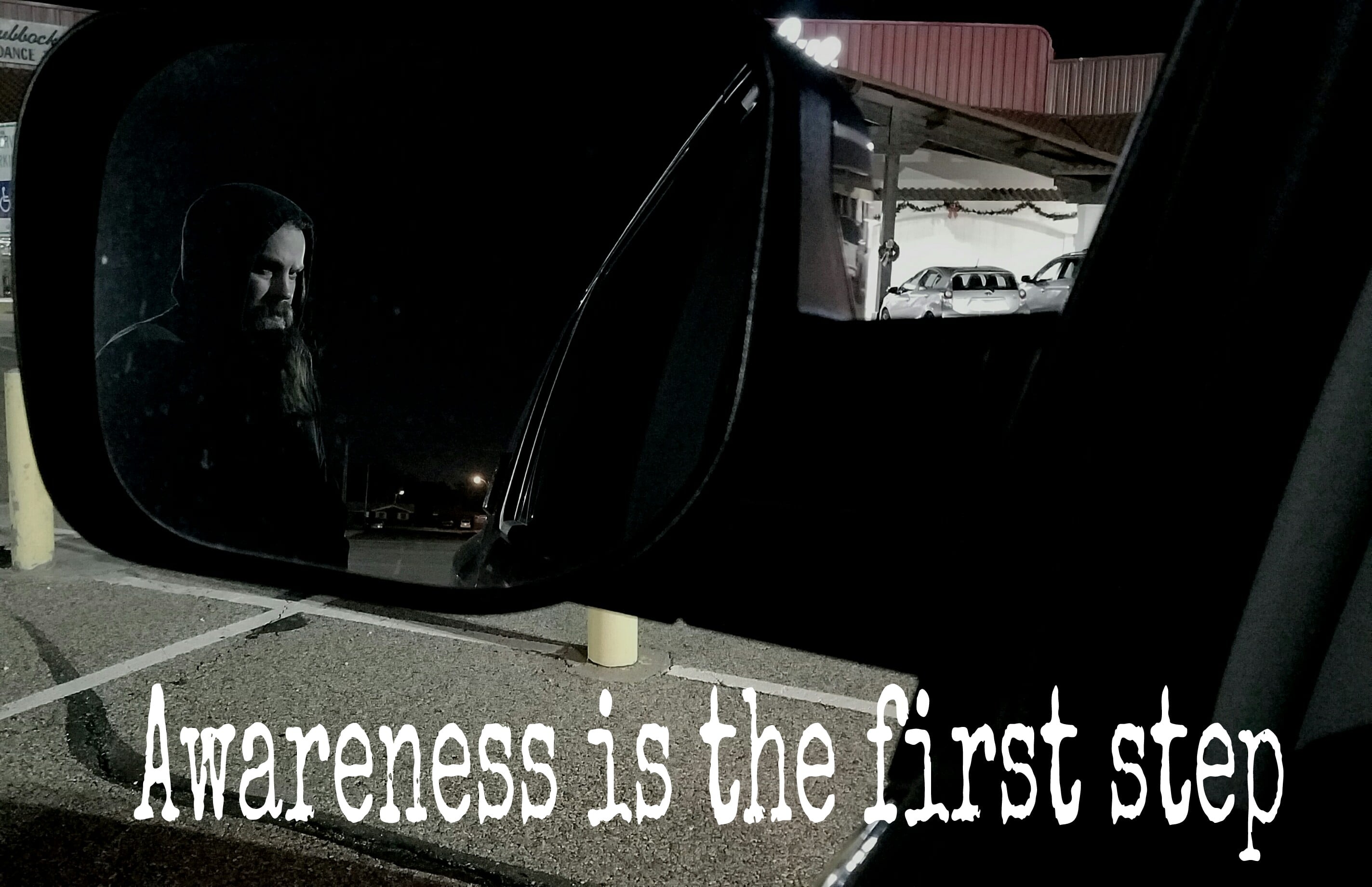
Awareness
Awareness is the first step. We need to be mindful that not everyone has our best interest at heart. Michale P. Ghiglieri, author of The Dark Side of Man, describes our need to be aware of others intentions,
“We live in a world in which cheaters, robbers, rapists, murders, and warmongers lurk in every human landscape. Not only are their selfish, though natural, strategies “unfair” and uncooperative, but they also cost us cooperative types dearly. So, we must be vigilant to avoid being victimized.” – Michale P. Ghiglieri
Niceness Does not Equal Goodness
Once we are aware that many types of predators cross our paths in daily life, we can start looking for tell-tale signs that “uncooperative” types are trying to decide if we will make good victims. It is of the utmost importance to be aware of your soundings and things or people that seem out of place. Do not fear leaving the house, but be aware of areas that you may want to avoid. Be leery of people who approach you unnecessarily, even if they seem to be helpful. Gavin De Becker, author of The Gift of Fear and renowned risk assessment specialist, warns,
“Niceness does not equal goodness.” He says, “Niceness is a decision, a strategy of social interaction; it’s not a character trait. People seeking to control others almost always present the image of a nice person in the beginning.”
Intentions
If you need help, you are statistically more likely to find someone safe by asking a random person than to wait until someone approaches you. This way you are controlling who you are contacting, not waiting for someone to stop that might not truly be a Good Samaritan. These predatory people may show you attention, challenge you or your beliefs in some way, or pretend to be helpful to begin a conversation or interaction, but be aware that their intentions may not always be what they seem. How do we decide what their intentions are? Intuition.
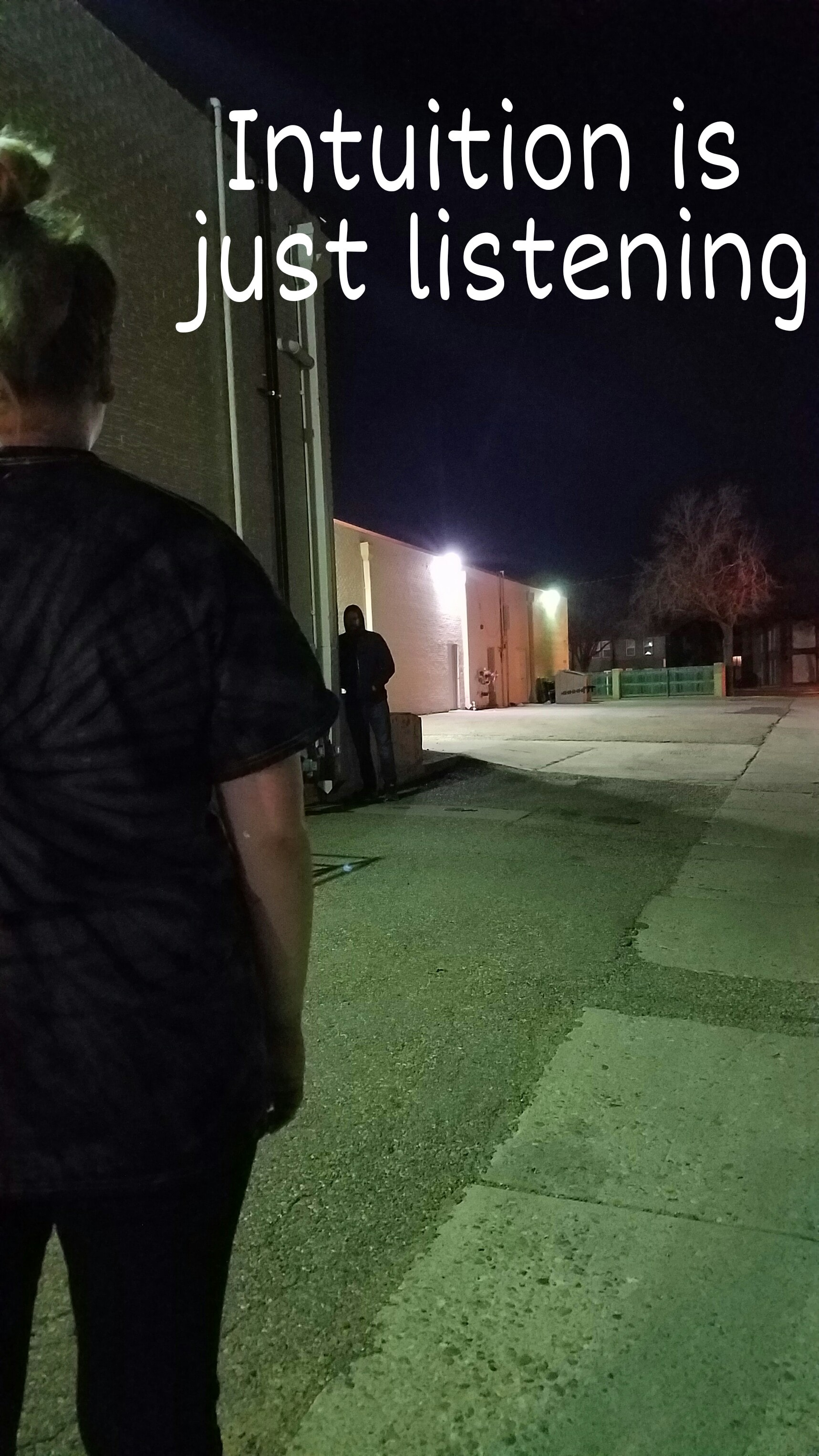
Intuition
Intuition has a connotation of the metaphysical, a wives tale. Most modern Americans are raised to listen to logic. They are laughed at when they say they just “had a feeling.” Intuition, however, is more than that. Violence does not come out of nowhere. It is predictable. De Becker’s life work of predicting violence leads him to the conclusion that,
“ The truth is that every thought is preceded by a perception, every impulse is preceded by a thought, every action is preceded by an impulse, and a man is not so private a being that his behavior is unseen, his patterns undetectable.” – Dr. Becker
Intuition is Just Listening
Intuition is tiny bits of logic that we haven’t put together yet. We intuitively know something is wrong by the data our brain is receiving. De Becker states, “Intuition is just listening”, and a far better indicator that something is wrong than logic. On many occasions, De Becker has seen a victim be able to piece together indications of a coming attack after the attack occurred. Often, the victim intuitively knew something was wrong, but did not trust that intuition.
What Should we be listening for?
What should we be listening for? De Becker has a list of ways that intuition tries to speak,
“Nagging feelings, persistent thoughts, humor, wonder, anxiety, curiosity, hunches, gut feeling, doubt, hesitation, suspicion, apprehension, fear.”
Listen to these feelings. Your brain may have recognized body language, or inappropriate words or context, that you may not be able to rationalize in the moment, which is an indicator that something is wrong. Your intuition may not always be an accurate predictor of danger, but you lose nothing by listening. If it is right, you could lose something great by choosing to ignore it. Once the threat is recognized, it is time to act.
De Beckers List
- Nagging Feelings
- Persistent Thoughts
- Humor
- Wonder
- Anxiety
- Curiosity
- Hunches
- Gut Feeling
- Doubt
- Hesitation
- Suspicion
- Apprehension
- Fear
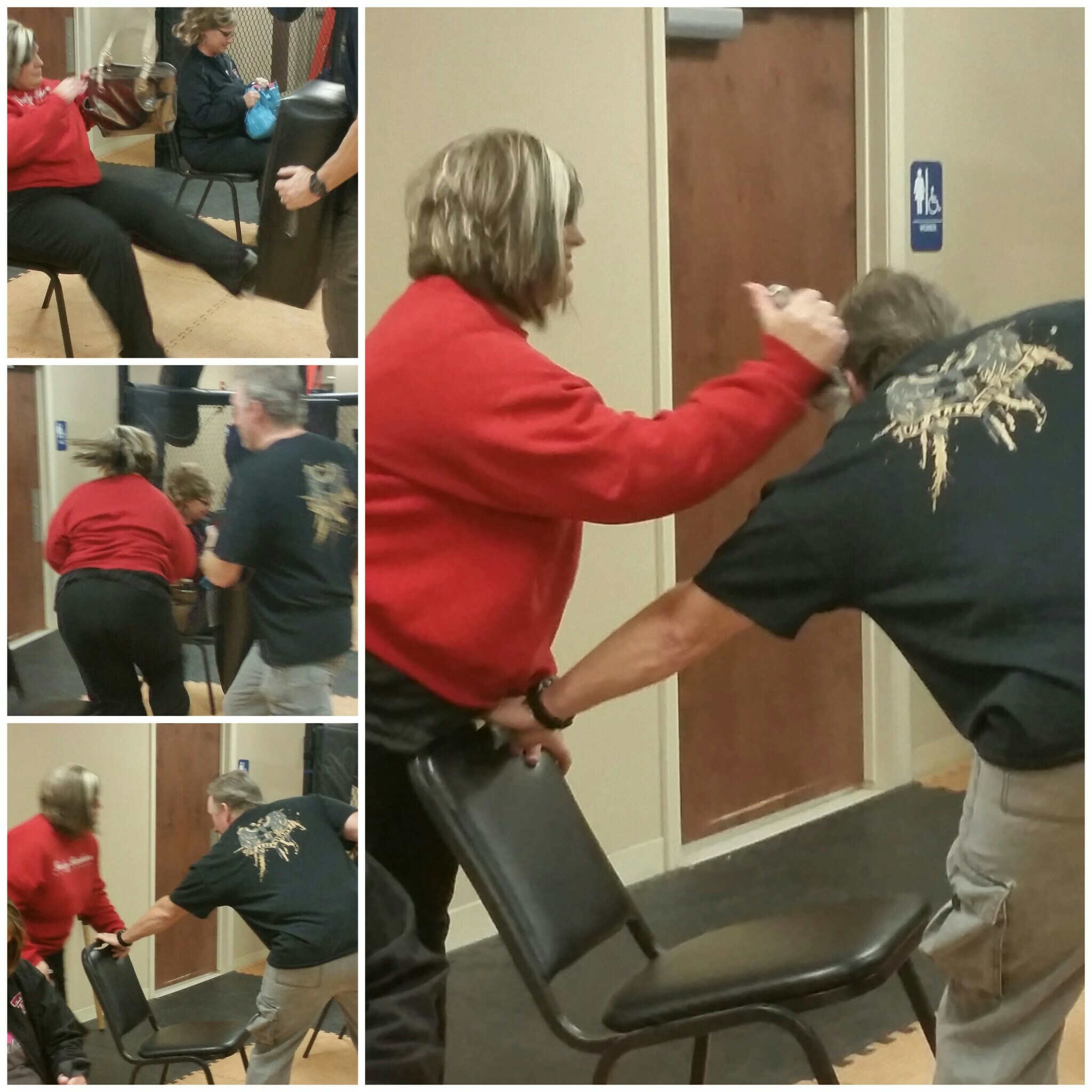
Speak Out
Speaking out with assertiveness could change the outcome of events. This seems like an easy and obvious thing to do, but for many women, it is extremely hard. Our culture has set the stage for women who speak out, to be shunned for doing so. As women, we also tend to feel bad about potentially hurting someone’s feelings or being insensitive. This is only a cultural ideal that does not serve women in any way. In the Gift of Fear, De Becker writes,
“I encourage women to explicitly rebuff unwanted approaches, but I know it is difficult to do.”
Be Assertive and Non-Negotiable
I heard someone say one time that, “When a man says no, it is the end of the conversation. When a woman says no, is the start of a negotiation.” No must be assertive and non-negotiable. Trying to negotiate after being told “no”, is a tactic that gives a predator time to gain information, get closer, or make a move. This is not the time to make excuses or worry about anyone’s feelings. Any reasonable person will understand the delicateness of the situation.
Negotiating Prolongs the Incident
The idea of “no negotiation” also goes for situations where a person knows their attacker. Negotiating with someone who you have rejected only prolongs the incident. When speaking of stalking and ending personal relationships, De Becker says, “Almost any contact after that rejection will be seen as a negotiation.” This is a pivotal time in both types of situations. It shows a predator that you will not be a victim. It shows that you are strong and will fight. In many cases, a person looking for easy prey will move on to someone who will give them less conflict. If the idea of speaking with assertiveness seems tough, then even more important to come to terms with the next step.
Willingness to Fight
Your willingness to fight will dictate your ability to stop an attacker. In The Dark Side of Man, Michael P. Ghiglieri does not sugar coat any situation,
“Deterrence depends on utterly communicating one’s willingness to retaliate massively, no matter what the cost, if the other side strikes first.”
That sounds very dramatic, but his point is that if you intend to defend yourself, you must do it wholeheartedly and without hesitation. When discussing the crime of rape, Ghiglieri assesses the willingness to fight back and its effect on the outcome of the situation,
“Even more telling is the fact that although most rapists rely on force to rape, their willingness to use violence is so limited that women who fight back often win.”
Be Willing to Fight and Fight Hard
So much so, one study concluded that of the women who were the victims of a rapist attack and fought back, 73 percent were successful in fending off the attacker. The earnestness in which a woman fights will dictate the outcome. Ghiglier references Stopping Rape: Successful Survival Strategies,
“Women faced with a rapist who succeeded in raping them were primarily concerned with not being killed or injured. In contrast, the main concern of women who were confronted with a rapist but avoided being raped was not being raped.”
This data shows that women can have a successful outcome in a violent situation if we are willing to fight and fight hard. For many women this can seem like a concept so far from what they are comfortable with, they can’t even imagine inflicting violence on someone else, even a predator. This is where training becomes important.
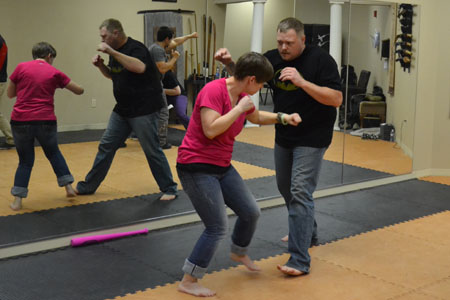

Training
It is safe to say that any self-defense training is better than no training at all, however, regular and realistic training increases confidence, reaction time, and reduces fear of failure. Many of the women that confide in me, as a martial arts instructor and as a woman, tell me that they fear their inability to even strike someone. If women fear physical contact, they will never be confident in their ability to defend themselves. Training builds the confidence many women need in order to fight back or even to rebuff approaches with confidence. Walt Bushey, a law enforcement officer, defensive tactics instructor, and self-defense instructor explains how training builds confidence,
“Recreating a physical confrontation again and again during training reduces fear of that scenario by improving the confidence in one’s ability to deal with that situation successfully.” He also emphasis, “Physical Training prepares muscle memory for physical use without having to think about it first. This greatly speeds up reaction time.” – Walt Bushey
Train Realistically
It is also important, however, to train realistically. Training scenarios should be as close to reality as possible in order to instill confidence in the participant’s response. Bushey says, “Attacks should be done with force and aggression, simulating a real attack” to best serve the needs of women in the real world. Training should also focus on three steps; Escape, defensive evasion, and distance from the threat. It should not be expected for a victim to stay and fight or try to submit their attacker. Bushey also reminds us,
“The attacker does not have a pre-existing knowledge of what you are going to do and no pre-conceived defense to your technique. No matter what you do, it will be a surprise to your attacker.”
In many cases, women who have fought back and were successful did not have any training, just the willingness to fight. You do not have to be a champion MMA fighter to defend yourself, but training gives you an increased opportunity to do so with assurance.
Protect Yourself
There is no end to violence against women in the near future. It is a multi-faceted problem that will take a long time for society to resolve. In the meantime, we must protect ourselves and our daughters. We must make it not worth the fight for predators. We must be vigilant, listen to and trust our intuition, learn to speak out firmly and arm ourselves with some form of self-defense training. Ideally, with all of these things in place, we will never become victims and potentially curb some of the violence against us by meeting force with intuition, confidence, and strength.
(I encourage every woman to read Gavin De Becker’s book The Gift of Fear. It covers domestic violence, workplace violence, stalking, and violence by a stranger in depth, with step by step indicators of future violence.)


